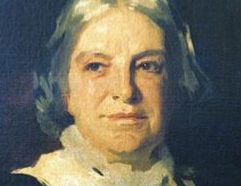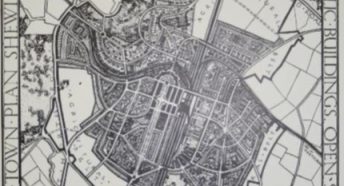3. The quest to protect the countryside – early days
In London in 1866 attempts to prevent remaining common areas from being built on led to the Metropolitan Commons Act, which prevented the enclosure of commons within 15 miles of London. In the same year, with help from the Commons Preservation Society, fences erected by Lord Brownlow of Ashridge to enclose part of Berkhamsted Common were destroyed: the Common remains and is part of one of the largest areas of common land in Hertfordshire and the Chilterns.
In 1875 the term ‘green belt’ was first used to refer to the protection of land around London. Post 1918 the concern for the countryside had changed: there was a heightened nostalgia for a rural golden age, and many returning servicemen were alarmed to see the country so many had fought and died for being engulfed by unsightly development.
In 1926 Guy Dawber, the president of the Royal Institute of British Architects, wrote to 15 organisations with an interest in the countryside, calling for steps to ‘prevent the further destruction and disfigurement of Rural England’. He wanted the protection of beautiful countryside and its towns and villages, and the right type of development.
A new body called the Council for the Preservation of Rural England was formed and met for the first time on 7th December 1926.
History of CPRE Hertfordshire Part Three The quest to protect the countryside early days





